
12 minute read
LIMPOPO
Limpopo Province
Capricorn District Municipality Mopani District Municipality Sekhukhune District Municipality Vembe District Municipality Waterberg District Municipality 64 65 66 67 68
Advertisement
Capital: Polokwane Largest City: Polokwane Province Area: 125 754 km2 Area % of RSA: 10.3 %
Premier, Mr Chupu Stanley Mathabatha Limpopo
Limpopo is the natural resource treasure chest of South Africa, if not the whole of Southern Africa. It boasts some of the greatest reserves of agriculture, mineral and tourism resources many of which remain hugely under-exploited.
AGRICULTURE
In terms of Agriculture Limpopo could be described as the garden of South Africa and or the whole continent, given its rich fruit and vegetable production. The province produces 75% of the country’s mangoes, 65% of its papaya, 36% of its tea, 25% of its citrus, bananas, and litchis, 60% of its avocados, two thirds of its tomatoes, 285 000 tons of potatoes. Other products include coffee, nuts, guavas, sisal, cotton and tobacco, timber with more than 170 plantations. Apart from all these, there is cotton, sunflower, maize, wheat cultivation as well as grape. Most of the higher lying areas are devoted to cattle and game ranching, earning a reputation for quality biltong, a popular South African delicacy of salted, dried meat.
MINERAL
Limpopo is also endowed with the abundance of its mineral resources, locating mining as the critical sector of the economy in the province, which contributes 22% of the GGP. The platinum group include platinum itself, chromium, nickel, cobalt, vanadium, tin, limestone and uranium clay. Other reserves include antinomy, phosphates, fluorspar, gold, diamonds, copper, emeralds, scheelites, magnetite, vermiculite, silicon, mica, black granite, corundum, feldspar and salt. As if all this is not enough there are financial incentives through a package put down by the National Government. A wide range of incentives to investors include, a tax holiday for up to six years. As a result of this potential the Provincial government has established TIL (Trade Investment Limpopo). It offers a wide range of services to entrepreneurs and investors interested in setting up business in the Limpopo. It specialises in helping to attract inward investment companies to find the best opportunities for acquisitions or green field investments in the Limpopo. This includes setting up joint ventures with local partners, cross holdings of equity between an overseas and local partner or collaborative agreements in the field such as research and development, transfer of technology or sales and distribution.
Government Office Contact Telephone: 015 287 6000
Physical address: 40 Hans van Rensburg street, Polokwane Provincial Website www.limpopo.gov.za
Postal address: Private Bag X 9483, Polokwane, 700
Capricorn District Municipality
Demographics
Local seat – Polokwane Province area – 125 754km2 District area – 21 705km2 Population – 1 330 436 Population growth 1.21% p.a.
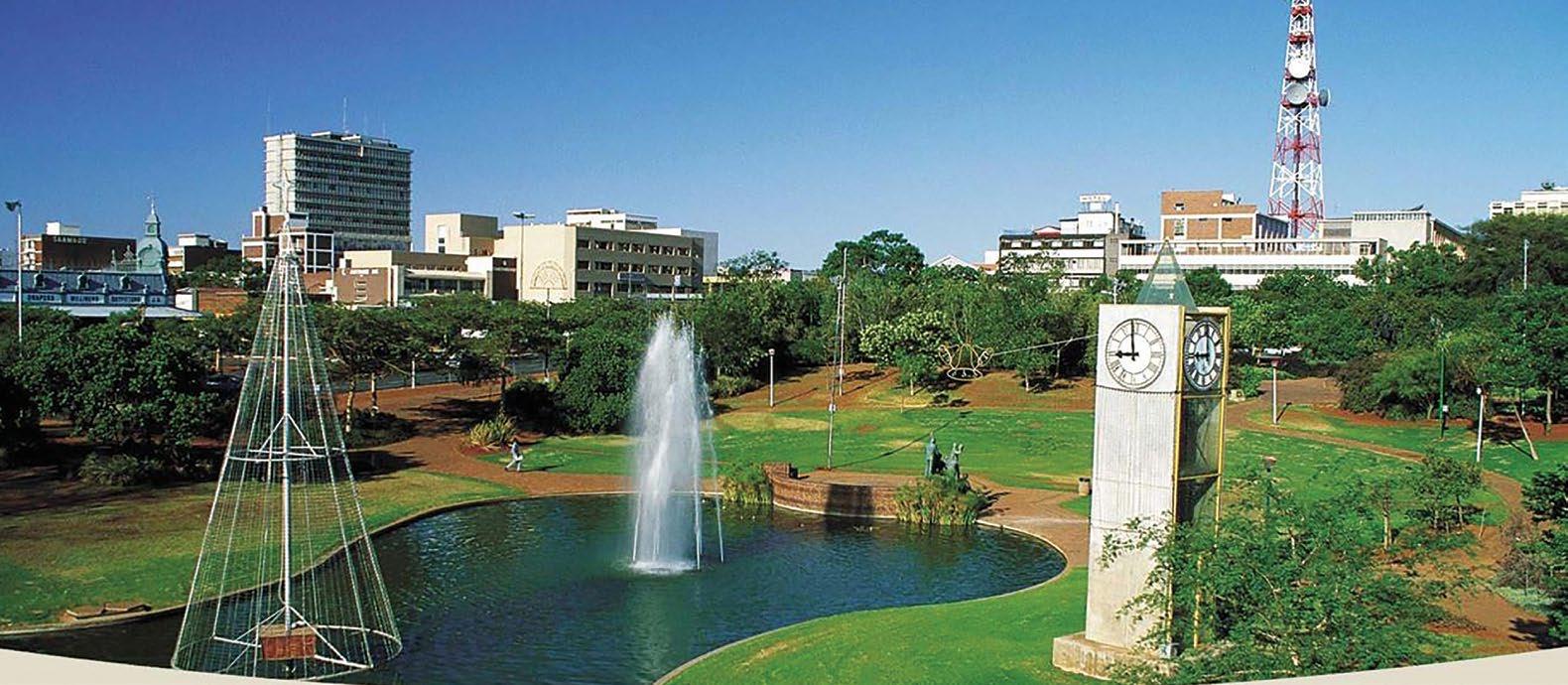
Mayor Cllr John Mpe POLOKWANE, Limpopo
LOCAL MUNICIPALITIES
MUNICIPALITY TOWN
Blouberg Senwabarwana Lepelle-Nkumpi Chuniespoort
Molemole Dendron
Polokwane Polokwane
Polokwane
The Capricorn district municipality is a category C municipality situated in the Limpopo province.
Agriculture
Agriculture accounts for 2.8% of the total district economy and contributes R690 million per annum. Potatoes are by far the most produced and important crop in the Capricorn district municipality. The production value of potation totalled R200 million in 2000. This is followed by tomatoes (R98 million), eggs (R88 million) and broilers and beef almost equal at R61 million. Pork and citrus production are also substantial at R37 million respectively. Polokwane’s farmers produce 60 000 tons of onions, generating R50 million per, but import all of their agricultural inputs comprising 65% of production value (Steyn: Agricultural Cluster Study). The Capricorn district municipality is home to one of the largest citrus estates in the country, namely, Zebediela Citrus Estate (13 785 ha) which is located in the Lepelle-Nkumpi municipality in Zebediela. This estate produces citrus mainly for the international market. The Zebediela Citrus Plantation exports most of its produce and supplies the rest to local markets.
Mining
Mining is the smallest contributor to the Capricorn district municipality’s economy and accounts only for 0.6%. It is the only sector that experienced negative growth (-6.7%) in the last decade. Its total contribution in 2006 summed R154 million. However, although mining may proportionally be of less significance at the district level, it remains an important sector to the LepelleNkumpi where it contributes more than 20% to the local GVA.
Tourism
The Capricorn district municipality, with its air of myth, legend and prehistoric civilization, is a popular ecotourism destination in Limpopo, with no shortage of natural, historical and cultural attractions. The district takes its name from the Tropic of Capricorn, one of the five major circles of latitude that mark maps of the earth and which runs directly through this diverse landscape. The city has a certain charm to it, whether it be from the wide, jacaranda-lined avenues or the architecture of times gone by that is so evident.
Main economic sectors
Community service, finance, trade, transport, manufacturing, construction, agriculture and electricity
CONTACT DETAILS
Postal – Po Box 4100, Polokwane, 0700 Physical – 41 Biccard street, Polokwane Tel – 015 294 1000 Fax – 015 291 4297 Web – www.cdm.org.za
Mopani District Municipality
Demographics
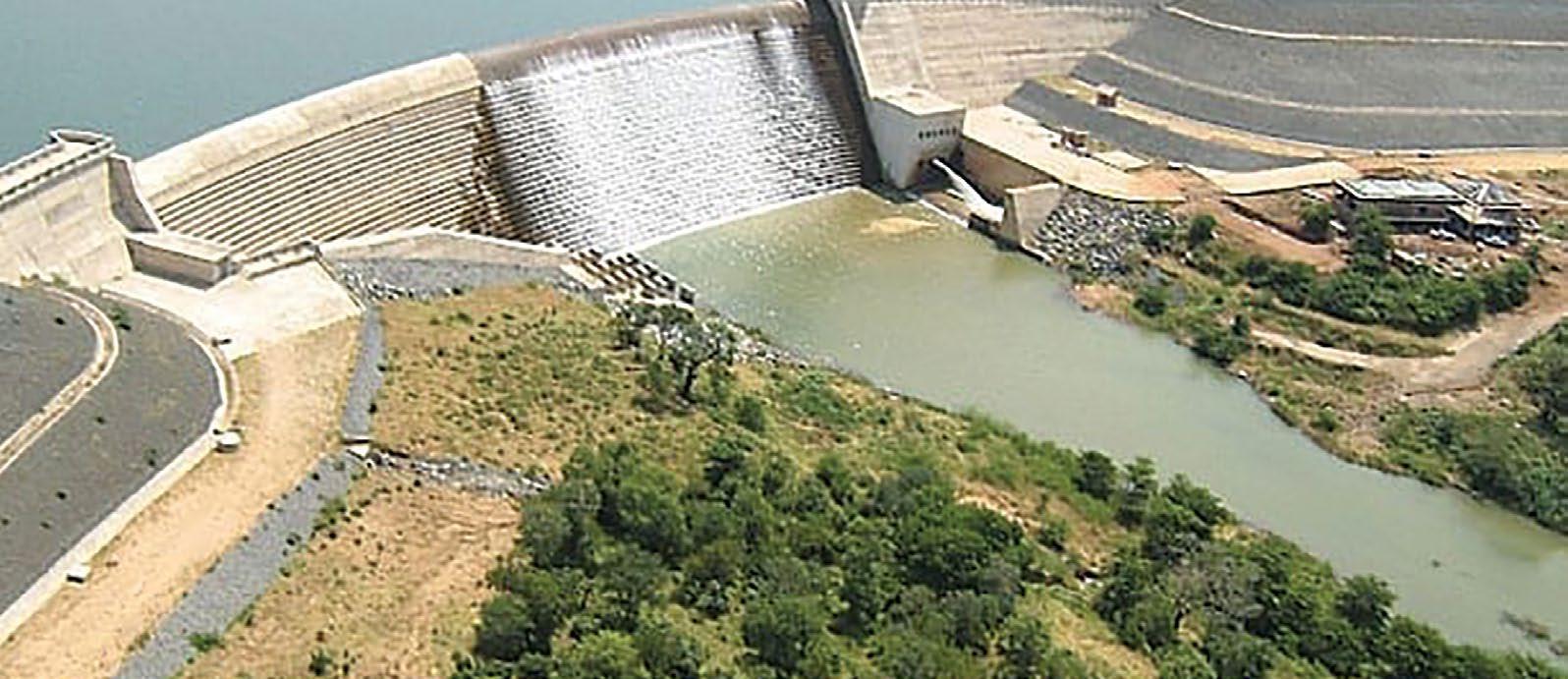
Mayor Cllr Basani Shibambu GIYANI, Limpopo
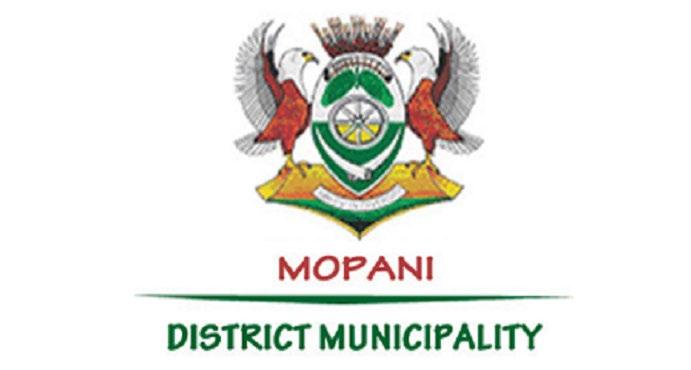
LOCAL MUNICIPALITIES
MUNICIPALITY TOWN
Ba- Phalaborwa Phalaborwa
Greater Giyani Giyani Greater Letaba Modjadjiskloof Greater Tzaneen Tzaneen Maruleng Hoedspruit
Nandomi Dam
The Mopani district municipality is a category C municipality located within the north-eastern quadrant of the Limpopo province.
Agriculture
Agriculture is the backbone of any developing economy. It is the sector that is able to create more sustainable jobs, absorbing even the unskilled and semiskilled workers, and as such bring about sustainable rural development. The district (Lowveld region) contributes significantly towards the activity of agriculture on the provincial level. About 50% of the farm income in the province in Horticulture is earned in the district. Most important crops in terms of monetary value are citrus, vegetables and subtropical fruit. 6,7% of the land can be considered arable of which 43% is under irrigation, which by far the most of all districts in the province. The most important irrigation schemes in the region are Lower –Letaba, Blyde irrigation and Middle Letaba. The region has future agricultural potential highly concentrated in subtropical fruit, citrus fruit production and vegetables. Unutilized potential is estimated at between 10 000 to 70 000 hectares.
Mining
Although it can be said that this region is mostly agricultural, it also contains a major mining cluster at Phalaborwa. Phalaborwa has been declared a Spatial Development Initiatives. The objectives of the SDI is to exploit the unutilized and underutilized potentials of the area by combining private and public sector resources in a sustainable manner. Other significant mineral zones in the region are the Murchison Greenstone Belt (Gravellotte towards Leewkop in the Kruger National Park , Giyani Greenbelt-from KNP in the south Western direction to the town of Giyani, and Rooiwater Complex Northern flank of Murchison. Mining development has a potential to contribute over R6300 million in direct investments through the different ventures/prospecting in the district. Mining development could in the short term form the corner stone of economic growth not only in the district but also in the whole of Limpopo Province.
Main economic sectors
Mining, community service, trade, finance, transport, agriculture, electricity and construction.
CONTACT DETAILS
Postal – Private Bag X 9687, Giyani, 0826 Physical – Government building, Main road, Giyani Tel – 015 811 6300 Fax – 015 812 4302 Web – www.mopani.gov.za
Sekhukhune District Municipality
Demographics
Local seat – Groblersdal Province area – 125 754 km2 District area – 13 528 km2 Population – 1 169 762 Population growth – 1.88 % p.a.
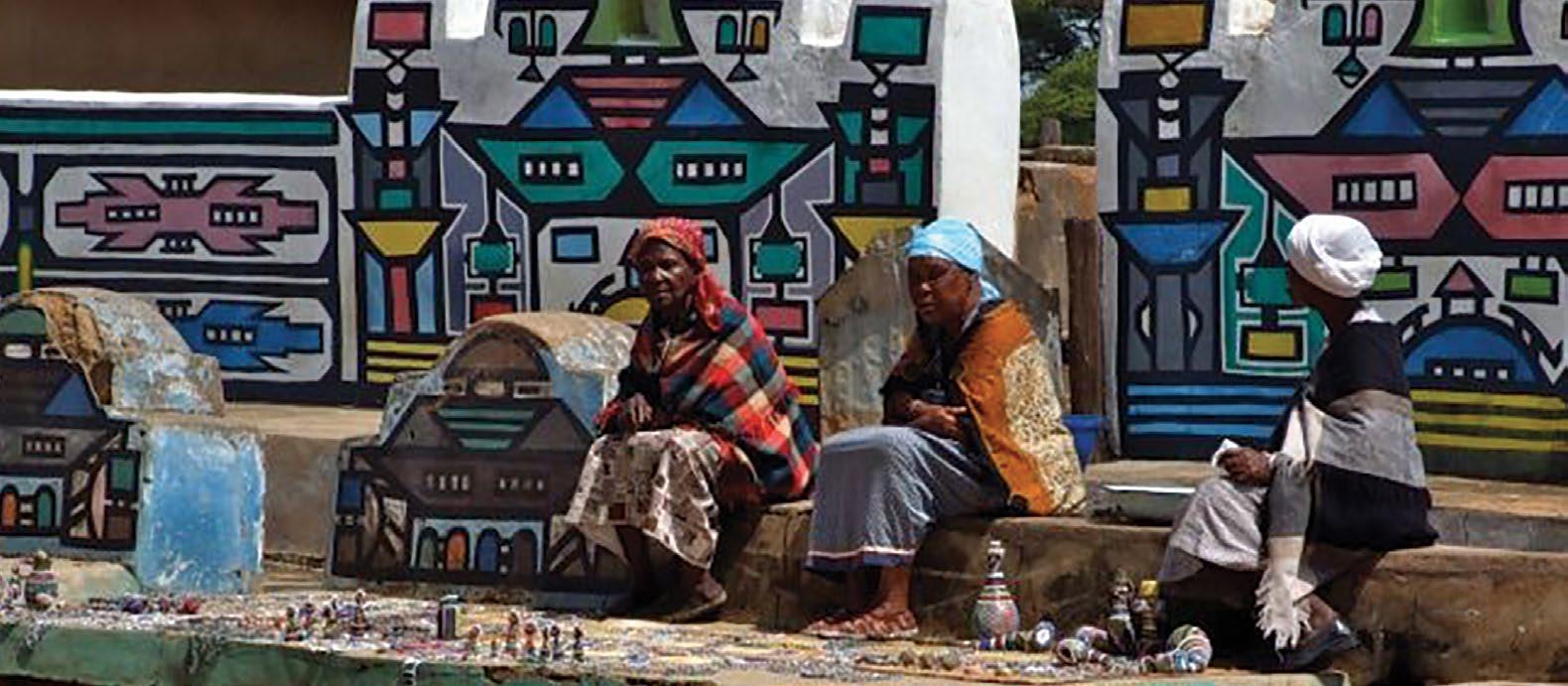
Mayor Cllr Julia Mathebe GROBLERSDAL, Limpopo
LOCAL MUNICIPALITIES
MUNICIPALITY TOWN
Elias Motsoaledi Groblersdal
Ephraim Mogale Marble Hall Fetakgomo Greater Tubatse Makhuduthamaga Jane Furse
Ndebele Village, Mabopane
The Sekhukhune district municipality is a category C municipality and is located in the Limpopo province.
Agriculture
Agriculture in the Sekhukhune district municipality is a mixture of both commercial and subsistence farming. The South Western corner of the district (Ephraim Mogale and Elias Motsoaledi local municipalities) specifically, contains one of the largest clusters of commercial agricultural production in South Africa. However, in spite of being an important contributor to employment within the district, agriculture remains a relatively marginal contributor (approximately 9, 7%) to the aggregate.
Mining
Modern mining has been practiced in Sekhukhune for well over a century, and typically involved (as is still the case today) the extraction of and alusite, asbestos, chromite and platinum deposits from the Merensky Reef, which forms part of the mineral rich Bushveld Complex. In fact, the district features the world’s largest deposit of the platinum group metals (PGMs). What is striking about previous bouts of mining activity in the area is how changing commodity prices affected the opening, closing and, occasionally, re-opening of mines. When prices rose, new exploration and development took place in the Sekhukhune mining sector. Conversely, when prices fell, mines in the area closed. This is an important characteristic to take into consideration when providing infrastructure and housing to support expanding mining operations. Currently, 17 operational mines are found within the district, with the majority of activity situated along the Dilokong Corridor (R37 and R555 ).
Tourism
The District hosts the scenic Flag Boshielo Dam area, the adjoining Schuinsdraai Nature Reserve, Potlake Nature Reserve and the Maleoskop Resort and Conservancy.
Main economic sectors
Community service, mining, trade, agriculture, financial and business services.
CONTACT DETAILS
Postal – Private Bag X 8611, Groblersdal, 0470 Physical – 7A Van Riebeeck street, Bareki Mall, Groblersdal Tel – 013 262 7754 Fax – 013 262 5849 Web – www.sekhukhunedistrict.gov.za
Vhembe District Municipality
Demographics
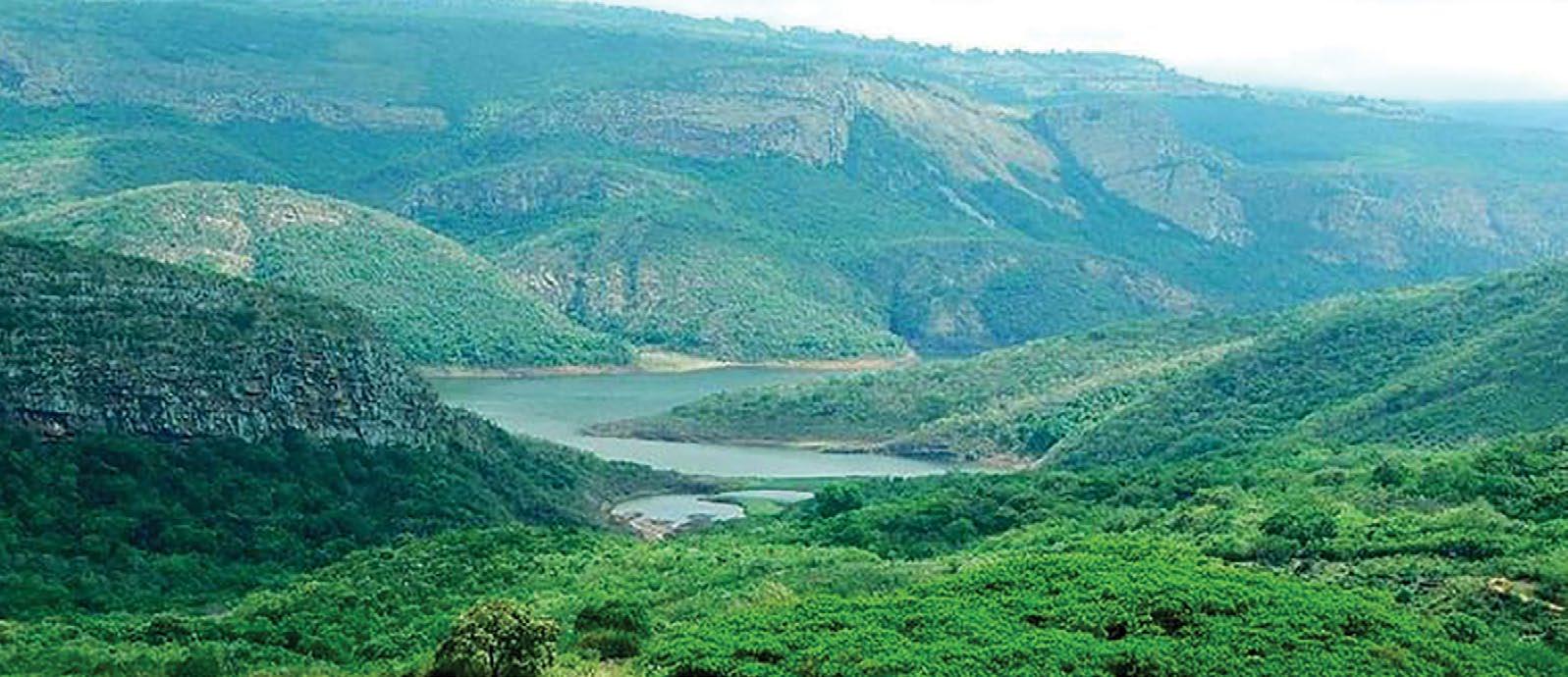
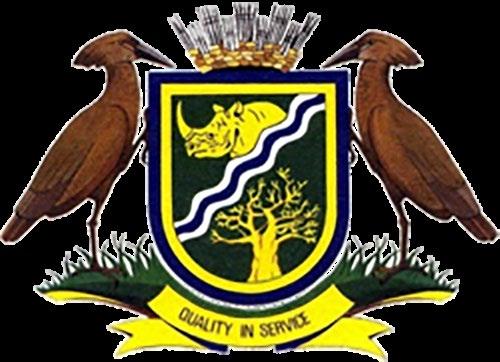
Mayor Cllr Nenguda Dowelani THOHOYANDOU, Limpopo
LOCAL MUNICIPALITIES
MUNICIPALITY TOWN
Collins Chabane Malamulele Makhado Louis Trichardt Musina Musina Thulamela Thohoyandou
Thohoyandou
The Vhembe district municipality is a category C municipality located in the northern part of the Limpopo province.
Agriculture
Vhembe is a prolific fresh produce grower, with large scale exports testifying to the quality of production and the efficiency of many farmers. Vhembe produces no less than 4,4% of South Africa’s total agricultural output, including 8,4% of the country’s sub-tropical fruit and 6,3% of its citrus, according to Kayamandi Development Services which has drawn up Vhembe district municipality’s Local Economic Development Strategy. Like so many other parts of South Africa, agricultural production in Vhembe is undertaken by a small number of relatively large, highly productive commercial producers and a multitude of fragmented, small-scale farmers. Vhembe is becoming a base for lucrative exports of exotic trees and ornamental shrubs. Foreign investors, in partnership with a local community, have revived a run-down, 250 hectare tree and shrub cultivation estate near Thohoyandou with a view to serving landscaping markets in the Middle East which is experiencing a boom in property development.
Mining
De Beers’ Venetia diamond mine which has invested some R4 billion to extend its open pit operations and is now considering spending another R6 billion to dig for diamonds underground. De Beers is keen to procure more goods and services from Vhembe suppliers in line with the Vhembe LED Programme and the Limpopo Provincial Growth and Development Strategy. Vhembe has an abundance of coal, but mining the deposits is a challenge which is only now being taken up. With some 2 billion tons of reserves, the expansive Soutpansberg coal field which stretches across central Vhembe has only one mine: Exxaro’s Tshikondeni colliery which produces hard coking coal for the South African steel industry but which has a remaining life of less than 10 years.
Main economic sectors
Mining, community services and finance.
CONTACT DETAILS
Postal – Private Bag X 5006, Thohoyandou, 0950 Physical – Government complex, Thohoyandou Ring road, Thohoyandou Tel – 015 960 2000 Fax – 015 962 1017 Web – www.vhembe.gov.za
Waterberg District Municipality
Demographics
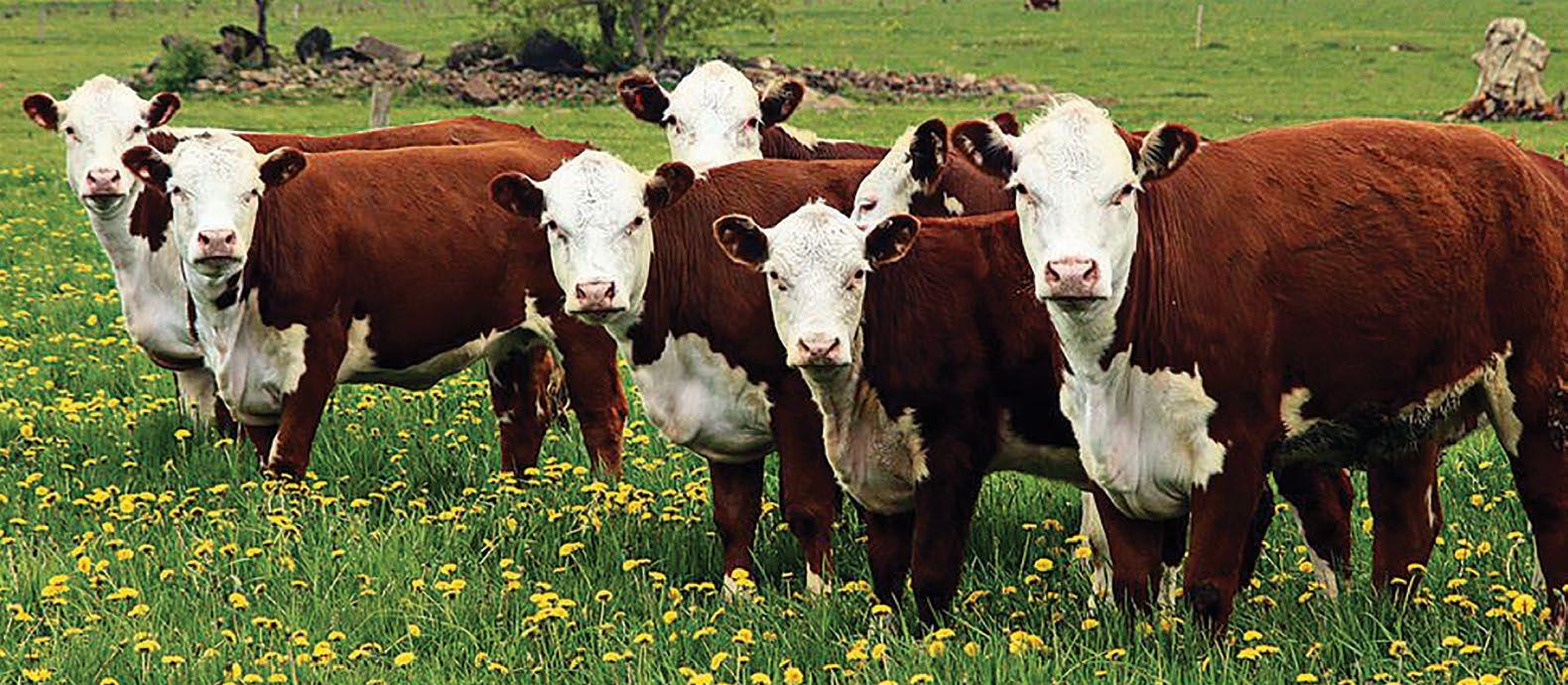

Mayor Cllr Marlene van Staden MODIMOLLE, Limpopo
LOCAL MUNICIPALITIES
MUNICIPALITY TOWN
Bela-Bela Bela-Bela
Lephalale Lephalale Modimolle Mookgophong Mogalakwena Mokopane Thabazimbi Thabazimbi
Grazing Cattle
The Waterberg district municipality is a category C municipality located in the western part of the Limpopo province, bordering with Gauteng province, North West province and Botswana.
Tourism
Waterberg is a breath-taking magnificent part of Limpopo, rich with immense natural resources, scenic beauty, flora and fauna, pleasant weather, beautiful diverse cultures, warm and welcoming people make Waterberg an ideal place to live, invest and leisure. The main entry roads to Waterberg are N1 and R101 from Gauteng, N11 from Sekhukhune, and R159 and R133 from North West. Waterberg is home to internationally renowned icons such as the Waterberg Biosphere Reserve, Nylsvley Wetlands, Makapans Valley World Heritage site, the ever so popular Bela Bela Hot Springs, Marakele National Park and the Waterberg Meander.
Agriculture
As a key contributor to the Provincial GGP at 28.8%, agricultural and forestry development in Waterberg is seen as another key catalyst for significant economic development. Being predominantly rural, most of the district is suited for livestock production but also with some major cropping taking place in cotton, sunflower, tobacco, and soya bean production. The district is supporting agricultural growth by developing a policy for the subdivision of agricultural land in collaboration with the land claims commission and is negotiating the acquisition of state land for agricultural production.
Mining
The extensive and rich mineral resources are located in the North-Eastern and Western parts of the district. At present mining is the largest and predominant contributor to the GDP of the Province at 57.5% with a recorded annual growth rate of 13.9%.
Main economic sectors
Mining, agriculture and tourism.
CONTACT DETAILS
Postal – Private Bag X 1018, Modimolle, 0510 Physical – Harry Gwala street, Modimolle Tel - 014 718 3300 Fax 014 717 3886 Web – www.waterberg.gov.za







